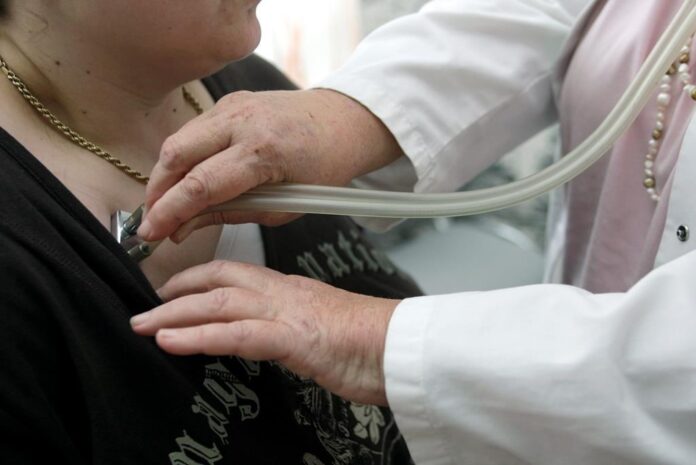The growth in health spending seen during the first two years of the COVID-19 pandemic will slow dramatically in 2022, predicts a report by the Canadian Institute for Health Information.
The total health spending in Canada is still expected to rise by 0.8 per cent this year, however that’s much lower than the 7.6 per cent increase seen in 2021, and the 13.2 per cent surge in 2020.
The annual report released Thursday said the country’s health spending, including public and private expenditure, is projected to be $331 billion in 2022 – or $8,563 per Canadian – and around 12 per cent of the country’s gross domestic product for the year.
Chris Kuchciak, the manager of health expenditures at the Canadian Institute for Health Information, said COVID-19 was the main driver of health spending growth in the past two years.
But that is changing in 2022.
Kuchciak said the return of health-care services that were deferred during the pandemic and demographic changes such as population growth and an aging population are taking over as the drivers of spending growth.
“I liken it to a horse race where the last two years, COVID was way out in front driving spending. That has fallen back into the pack,” he said.
Trending Now
NASCAR driver stuns racing fans with a move he learned playing Nintendo
Dry shampoo recall: More than 100 incidents or injuries reported in Canada so far
The COVID-19 response fund makes up 4.4 per cent of the total health spending in 2022, whereas it was nearly 10 per cent in 2021, according to the report.
The report predicts the federal, provincial and territorial governments will spend $14.5 billion to deal with COVID-19 in 2022. In comparison, the COVID-19 response cost $32.5 billion in 2021 and $29.3 billion in 2020.
Before the pandemic, growth in health spending averaged four per cent per year.
“In 2022, really it is a levelling off a significant increase in spending in the previous two years. But we are not seeing a return to pre-pandemic levels of spending,” Kuchciak said.
2:02
Federal Liberals face criticism about $875M in missing mental health spending
The slower growth rate comes at a time when the health-care system is facing unprecedented challenges with emergency department closures and staff shortages reported across the country.
The expenditures on hospitals, physicians and drugs combined make up over 50 per cent of health spending across Canada in 2022, the report said.
Kuchciak noted the slower growth in health spending reflect the economic situation in Canada, saying the health expenditures growth slowed down in early 2010s following the recession in 2009.
“We are entering a period where people are talking about slower economic growth,” he said. “When the economy slows down, government’s fiscal positions tend to deteriorate and there tends to be more budgetrestraints (on) health spending.”
CIHI’s national health expenditure estimates are based on public and private sources, including all three levels of government, insurance companies and research firms, among others.
© 2022 The Canadian Press



